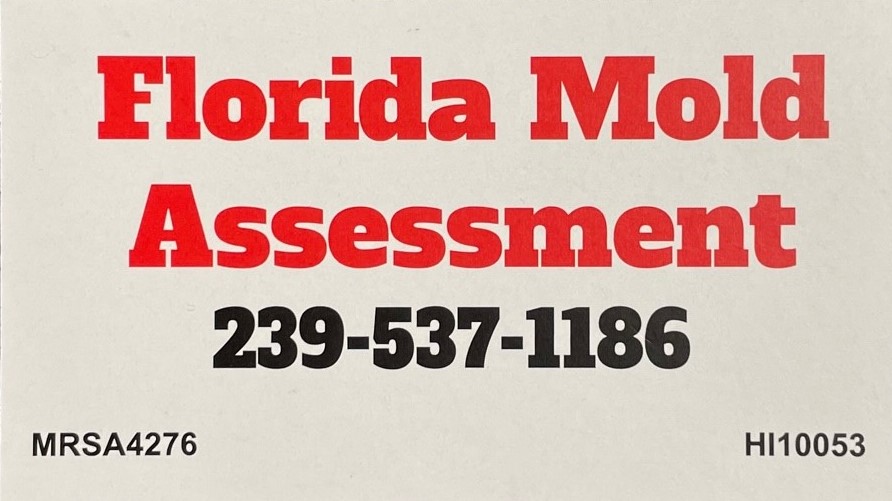ABOUT MOLD
Home > About Mold
What Is Black Mold?
Stachybotrys chartarum is a common black mold, but it can also be a greenish color. It grows on cotton, wood, and paper products. Sometimes it produces toxic chemicals that are found in its airborne spores and fungus fragments.
These fragments are called mycotoxins and are dangerous if they’re eaten. There’s no link to inhaled Stachybotrys chartarum mycotoxins and deadly diseases, but there are risks for people with allergies, asthma, and other hypersensitivities.
Many types of black mold live alongside us. Stachybotrys chartarum is usually the one referred to as ” toxic mold.” All molds can cause symptoms in people who are sensitive to or allergic to mold, however there is no reason to believe that black mold is any more dangerous than other types or colors of mold.

What Causes Black Mold?
Molds are an important part of our environment because they decompose dead plants and animals. All types of mold will grow if the conditions are right, and mold grows and spreads quickly in the right conditions. Those conditions include:
- Moisture level (humidity) at or over 70%
- Adequate food source (such as drywall)
- Oxygen
- Temperatures that range from 40 to 100 degrees F

Mold can grow anywhere in your house that provides these conditions. The most likely places mold will grow are:
- Anywhere that there has been a water leak.
- Damp rooms without adequate ventilation, such as bathrooms.
- Basements where humidity tends to be higher.
- Any areas with a lot of water condensation.
- Any areas where flooding has occurred.

Signs of a black mold infestation
It is difficult to see and identify black mold. The first clue that it may be present in your home comes from the symptoms of exposure, such as nasal congestion or coughing. However, only a trained professional can accurately diagnose whether black mold is present by having a professional analysis completed
Another way to tell is a musty smell. Most species of mold and mildew cause a musty smell throughout your home, and the highest concentration of that smell likely has the most
If you can physically see the mold in your home, we highly recommend contacting a mold professional.

Symptoms of Black Mold Exposure
Mold can cause symptoms in people who are allergic to them or in people who are exposed for a prolonged period. The most common symptoms of mold exposure include:
- Coughing
- Postnasal drip
- Sneezing
- Dry, scaly skin
- Itchy eyes, nose, or throat
- Nasal congestion
Symptoms of a mold-induced asthma attack can be any of the following:
- Wheezing
- Shortness of breath
- Coughing
- Chest tightness

